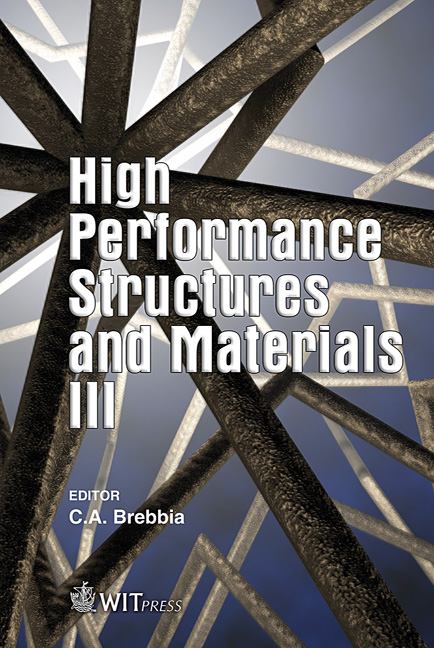Stress Intensity Factors For Cracked Cold-drawn Steel Wires Under Tensile Loading
Price
Free (open access)
Transaction
Volume
85
Pages
9
Published
2006
Size
443 kb
Paper DOI
10.2495/HPSM060481
Copyright
WIT Press
Author(s)
B. Lin & G. Lu
Abstract
Cold-drawn steel wires have the excellent mechanical properties of strength and toughness and are widely used in prestressed concrete structures. During cold-drawn operations residual stresses are generated in steel wires. In this paper, by the residual stress distribution from the finite element analysis (FEA), a weight function method (WFM) has been used to evaluate the effective stress intensity factors (SIFs) for cracked cold-drawn steel wires under tensile loading. The calculation results have been compared with those obtained by the two-dimensional (2D) FEA, which considers the residual stress redistribution in the presence of a crack. In the present study, the effective SIFs calculated using the WFM have shown a good agreement with those derived from the 2D FEA. Keywords: stress intensity factor, residual stress, weight function, cold-drawn steel wire, finite element analysis. 1 Introduction In the cold-drawn procedure, the tensile strength and toughness of steel wires increase, but a residual stress field also appears in them. After the treatment of a further drawing with a very small area reduction or a combination of heating and stretching the wire, the decreased residual tensile stresses still exist in the steel wire surface [1]. It is well known that the presence of residual tensile stresses will reduce the fatigue life of steel wires. With increasing in residual tensile stresses, the fatigue crack growth rate increases for stress ranges close to the fatigue limit [2]. The calculation of the SIF is one of key factors in fatigue life
Keywords
stress intensity factor, residual stress, weight function, cold-drawn steel wire, finite element analysis.





